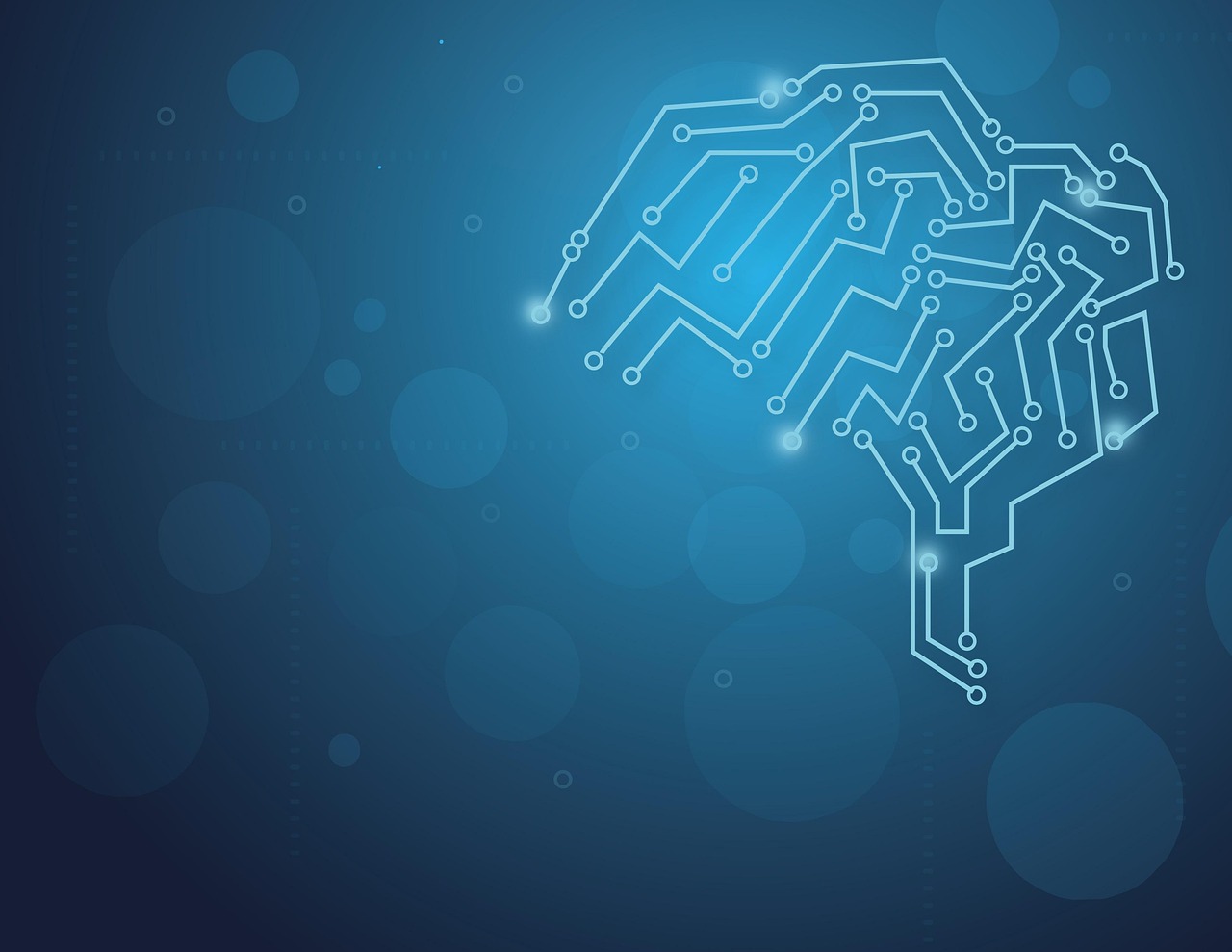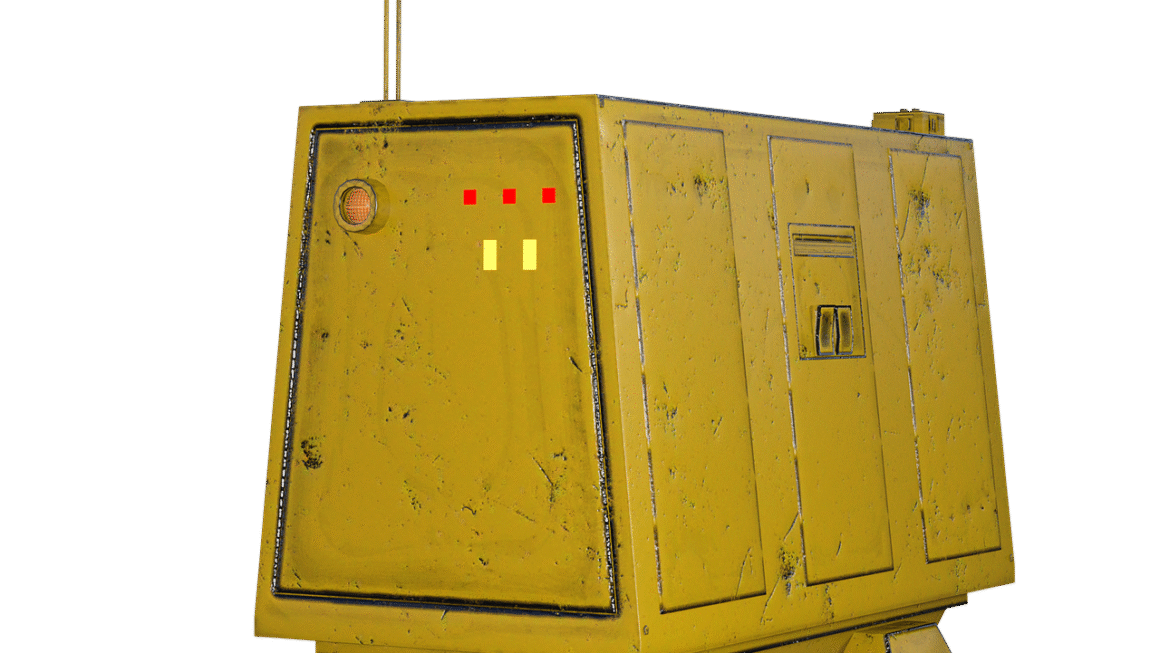Imagine training a promising machine learning model, eager to unleash its predictive power. But instead of achieving impressive accuracy, your model performs disappointingly, struggling to capture the underlying patterns in your data. This scenario often points to a common problem in machine learning: underfitting. Understanding underfitting, its causes, and how to combat it is crucial for building robust and accurate models. This article dives deep into the concept of underfitting, providing practical insights and actionable strategies to help you avoid this pitfall.
Understanding Underfitting in Machine Learning
What is Underfitting?
Underfitting occurs when a machine learning model is too simple to capture the underlying complexity of the data. It essentially means the model is failing to learn the relationships between input features and the target variable. Think of it as trying to fit a straight line to data that clearly follows a curve. The model’s predictions will be inaccurate, both on the training data and, more importantly, on new, unseen data.
Recognizing Underfitting: Key Indicators
Several telltale signs indicate that your model is underfitting:
- High Bias: Underfitting models exhibit high bias, meaning they make strong assumptions about the data that are not necessarily true.
- Poor Performance on Training Data: The model achieves low accuracy or high error rates even on the data it was trained on.
- Poor Generalization Performance: The model performs poorly on unseen data, indicating it hasn’t learned the underlying patterns that would allow it to generalize.
- Simple Model Complexity: The model might be using too few features or a linear model when a non-linear model is required.
- Consistent Errors: The model makes similar errors across different data points, suggesting a lack of sensitivity to the specific characteristics of each observation.
Why Underfitting Matters
Underfitting renders your model practically useless. A model that cannot learn the underlying trends will fail to make accurate predictions, leading to:
- Incorrect Business Decisions: If a predictive model struggles to learn from historical sales data, it will make poor forecasts, leading to inaccurate inventory management.
- Wasted Resources: Time and computational resources are wasted on a model that never performs as desired.
- Lost Opportunities: An underfitting model that is deployed in a fraud detection system could miss fraudulent transactions, resulting in financial losses.
Common Causes of Underfitting
Over-Simplistic Models
One of the primary causes of underfitting is using a model that is simply too basic for the task. A linear regression model, for example, cannot capture non-linear relationships in the data.
- Example: Trying to model customer churn with a linear regression when complex interactions between customer behavior and demographics drive churn.
Insufficient Features
If the model doesn’t have enough relevant features to learn from, it will struggle to capture the underlying patterns.
- Example: Predicting house prices using only square footage when location, number of bedrooms, and neighborhood quality significantly impact price.
Inadequate Training Time
Even a well-suited model requires sufficient training to learn the patterns in the data. Cutting the training process short can lead to underfitting.
- Example: Training a neural network for only a few epochs on a complex image classification task.
Excessive Regularization
While regularization techniques like L1 and L2 regularization help prevent overfitting, using them excessively can inadvertently lead to underfitting by forcing the model to be too simple.
- Example: Applying a very high L2 regularization strength to a neural network, effectively shrinking the weights to zero and preventing the model from learning.
Strategies to Combat Underfitting
Choosing More Complex Models
The most direct approach to address underfitting is to switch to a more complex model capable of capturing the underlying complexity of the data.
- From Linear to Non-Linear: If you’re using a linear model, consider switching to a non-linear model like a polynomial regression, decision tree, or neural network.
- Ensemble Methods: Explore ensemble methods like Random Forests or Gradient Boosting, which combine multiple models to improve accuracy.
Feature Engineering and Selection
Improving the features available to the model can dramatically enhance its performance.
- Feature Engineering: Create new features from existing ones that capture important relationships (e.g., creating interaction terms by multiplying two features).
- Feature Selection: Identify and include the most relevant features and remove irrelevant ones. This can improve model performance and reduce noise.
Increase Training Time
Allowing the model more time to train can help it learn the patterns in the data.
- Monitor Training Curves: Keep an eye on the training and validation loss. If the loss is still decreasing after a certain number of epochs, consider training for longer.
- Early Stopping: Be mindful of overfitting. Use early stopping techniques to stop training when the validation loss starts to increase.
Reducing Regularization
If excessive regularization is the culprit, reduce the regularization strength.
- Tune Regularization Parameters: Experiment with different values for the regularization parameters (e.g., alpha in L1/L2 regularization).
- Cross-Validation: Use cross-validation to find the optimal regularization strength that balances model complexity and generalization performance.
Example: Addressing Underfitting in a Regression Problem
Imagine you are trying to predict housing prices based on square footage. A simple linear regression model consistently underperforms. Here’s how you might combat underfitting:
The Trade-off: Balancing Underfitting and Overfitting
It’s essential to remember that addressing underfitting is often about finding the right balance between model complexity and generalization ability. Increasing model complexity to combat underfitting can lead to overfitting if not carefully managed.
The Bias-Variance Trade-off
- Underfitting: High Bias, Low Variance
- Overfitting: Low Bias, High Variance
The goal is to find a model that has a low bias (captures the underlying patterns) and low variance (generalizes well to new data).
Techniques for Managing Overfitting
- Cross-Validation: Use techniques like k-fold cross-validation to assess the model’s performance on unseen data and avoid overfitting to the training set.
- Regularization: Apply regularization techniques like L1 or L2 regularization to prevent the model from learning overly complex patterns.
- Data Augmentation: Increase the size of your training dataset by creating new data points from existing ones (e.g., rotating or cropping images).
Conclusion
Underfitting is a common challenge in machine learning, but it is a manageable problem. By understanding the causes of underfitting and applying the appropriate strategies, you can build models that accurately capture the underlying patterns in your data and make reliable predictions. Remember to strike a balance between model complexity and generalization to avoid overfitting, and continuously evaluate your model’s performance on unseen data. This iterative process is key to developing robust and effective machine learning solutions.




